Dragonfly Atlas
"Wir verfügen über 1,8 Millionen Datenpunkte zur Verbreitung der verschiedenen Libellenarten in Deutschland. Die sind derzeit aber über verschiedene Institutionen und Bundesländer verteilt. Wir wünschen uns eine Plattform, auf der auch viele andere mit ihnen arbeiten und aus ihnen lernen können. Daran arbeiten wir in NFDI4Biodiversity."
Klaus-Jürgen Conze (Libellenkundler und Vorsitzender der Gesellschaft deutschsprachiger Odonatologen e.V. (GdO))
About the Society of German-Speaking Odonatologists (GdO)
Many specialized agencies, nature conservation organizations and zoological societies have data – often compiled by volunteers – that holds immense potential for much-needed research on biodiversity loss. This is also the case with the Society of German-Speaking Odonatologists (Gesellschaft deutschsprachiger Odonatologen e.V., GdO) which has been working since 1979 to increase knowledge about native dragonfly species and thus contribute to their conservation. In 2007, it began working on the distribution atlas of dragonfly species in Germany, which provides cross-state insights into the distribution, ecology and biology of dragonflies from the compilation and analysis of distribution data from all German states. These data are used, among other things, to compile the Red List Germany, which describes the endangerment situation of dragonfly species as a scientific expert opinion. In addition, the GdO is committed to network dragonfly scientists from all over the world and to recruit young dragonfly scientists in courses, seminars and training sessions. In its biannual journal Libellula, it provides information on the biology, ecology, distribution and conservation of the European dragonfly fauna. The association has 673 members from 18 countries (as of 7/2022).
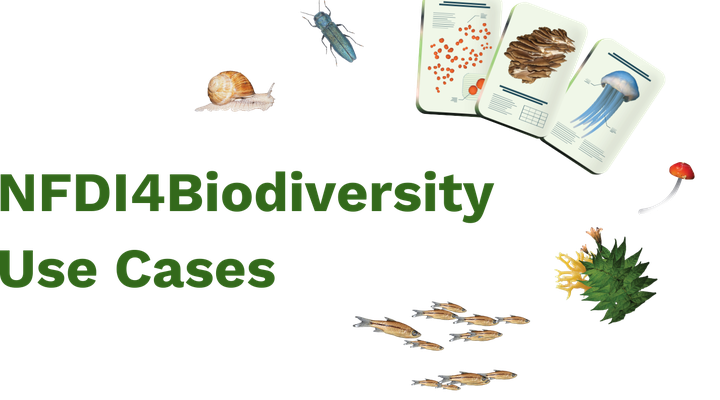
The goal: making valuable data accessible to research and nature conservation
The GdO has more than 1.8 million species-specific data points on the distribution of the 81 dragonfly species recorded in Germany. Data collection, quality assurance and data management are carried out at the level of the federal states, whereby the reporters are mainly active on a voluntary basis. Coordination is carried out partly by the state nature conservation administrations (e.g. in Schleswig-Holstein, Saxony and Bavaria), partly by voluntary working groups (e.g. in North Rhine-Westphalia, Hesse and Baden-Wuerttemberg). In some federal states, individuals and several regional groups are also responsible (for example in Berlin and Mecklenburg-Western Pomerania).
As a professional society active throughout Germany, the dragonfly data are stored in the databases of various institutions in different federal states. These databases are mostly maintained and quality assured. What is missing is the possibility to access the entire inventory. "We would like to have a platform where we can contribute our data so that many others can also work with them," said Klaus-Jürgen Conze at the NFDI4Biodiversity Annual Conference 2021 (the full-length presentation can be found at the bottom of this page) – so that the valuable data is also available to research and conservation.
A portal prototype illustrates the added value of the vial data connection
As with all use cases, the basis for the cooperation was a detailed meeting to get to know each other. This meeting took place as early as 2021 and identified initial challenges in the GdO's current data management, compared ideas for a fruitful collaboration and opened up potential fields of action.
The first objective was to demonstrate the added value of data mobilisation to the members of the GdO. For this purpose, a prototype for a data portal was jointly developed – a so-called demonstrator (see figure below). The demonstrator illustrates the added value of making the GdO's dragonfly data available in a comprehensive platform, as is to be developed in NFDI4Biodiversity. Among other things, it can be used to combine previously unrelated data and visualise them in distribution maps; it can also be blended with completely different data – such as environmental or climate data – to enable new perspectives. Initially, dragonfly data from North Rhine-Westphalia served as an example. At the annual meeting of the GdO on 18 March 2022, all interested members of the GdO had the opportunity to test the functions of the demonstrator and, very importantly, to give feedback.
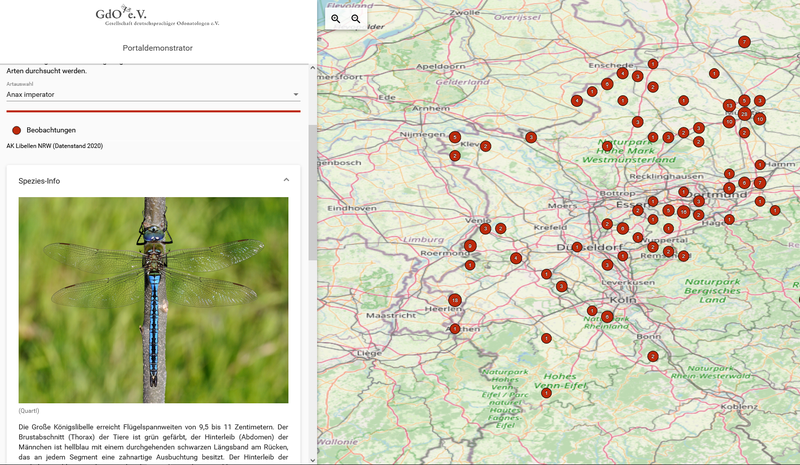
Further information
Klaus-Jürgen Conze, chairman of the GdO, will present the association and its wishes and goals for the cooperation with NFDI4Biodiversity at the 2021 annual conference in Leipzig (talk in German).
Contact
Society of German-Speaking Odonatologists (Gesellschaft deutschsprachiger Odonatologen e.V., GdO)
Klaus-Jürgen Conze (kjc@loekplan.de), Chairman of the GdO
NFDI4Biodiversity
For general questions about the GdO use case:
Martin Friedrichs-Manthey (martin.friedrichs-manthey@idiv.de)
For technical questions about the GdO use case:
Claas-Thido Pfaff (claas-thido.pfaff@gfbio.org)
Discover other Use Cases
What is the potential of NFDI4Biodiversity? This is illustrated by our use cases: joint projects in which we develop solutions for better data management and provision.
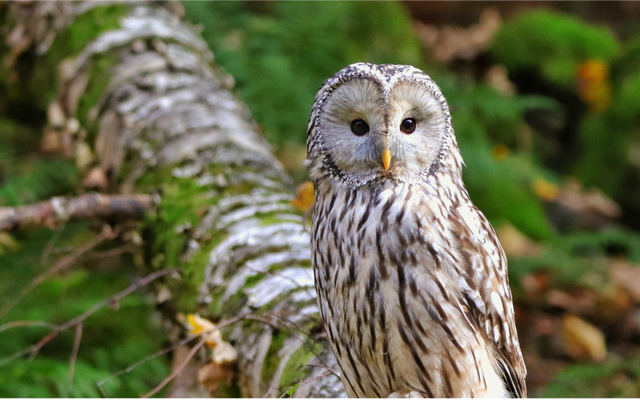
National Park Data
The data of the Bavarian Forest National Park reveal a lot about the state of biodiversity and should therefore become available for international research.
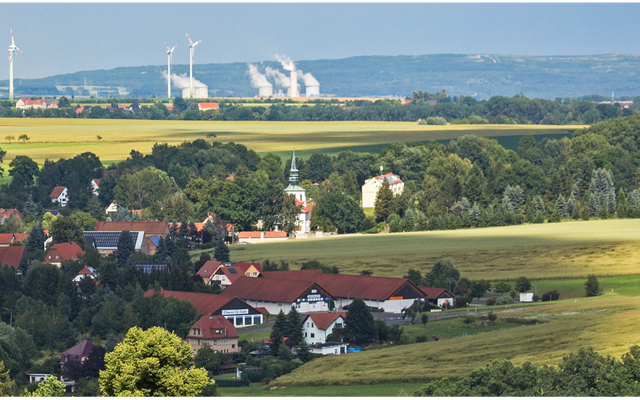
Land Use Monitor
Visualisable long-term data on land use can enrich biodiversity research enormously. Together with the IOER, we are integrating them into NFDI4Biodiversity.
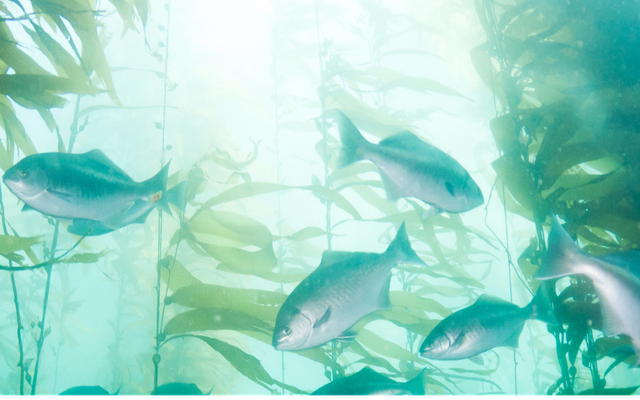
Fish Atlas
The GfI's fishologists collected more than 100,000 data sets on regional fish species. Together we are making them easier to find and thus more accessible.